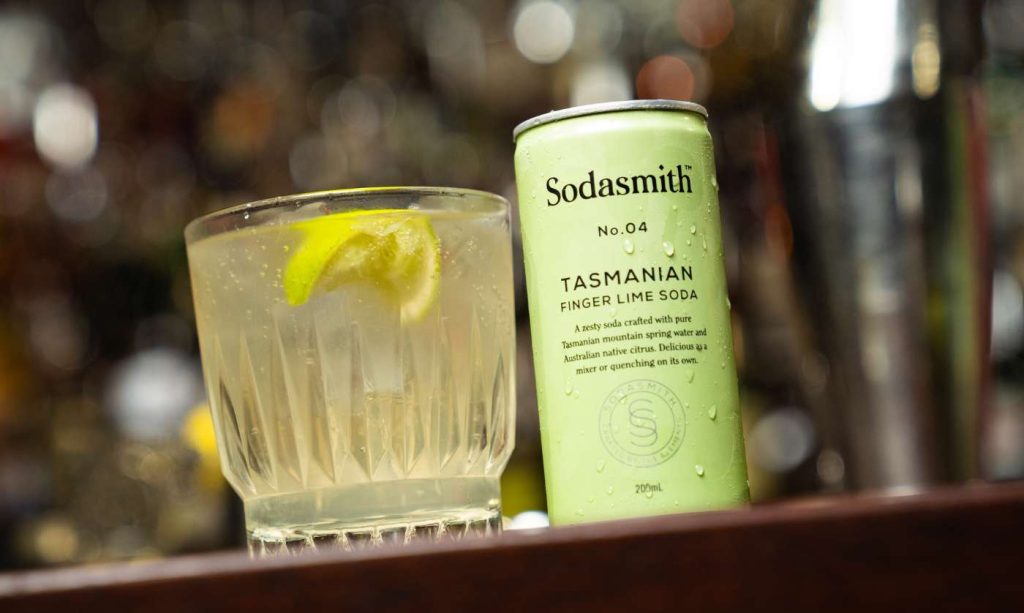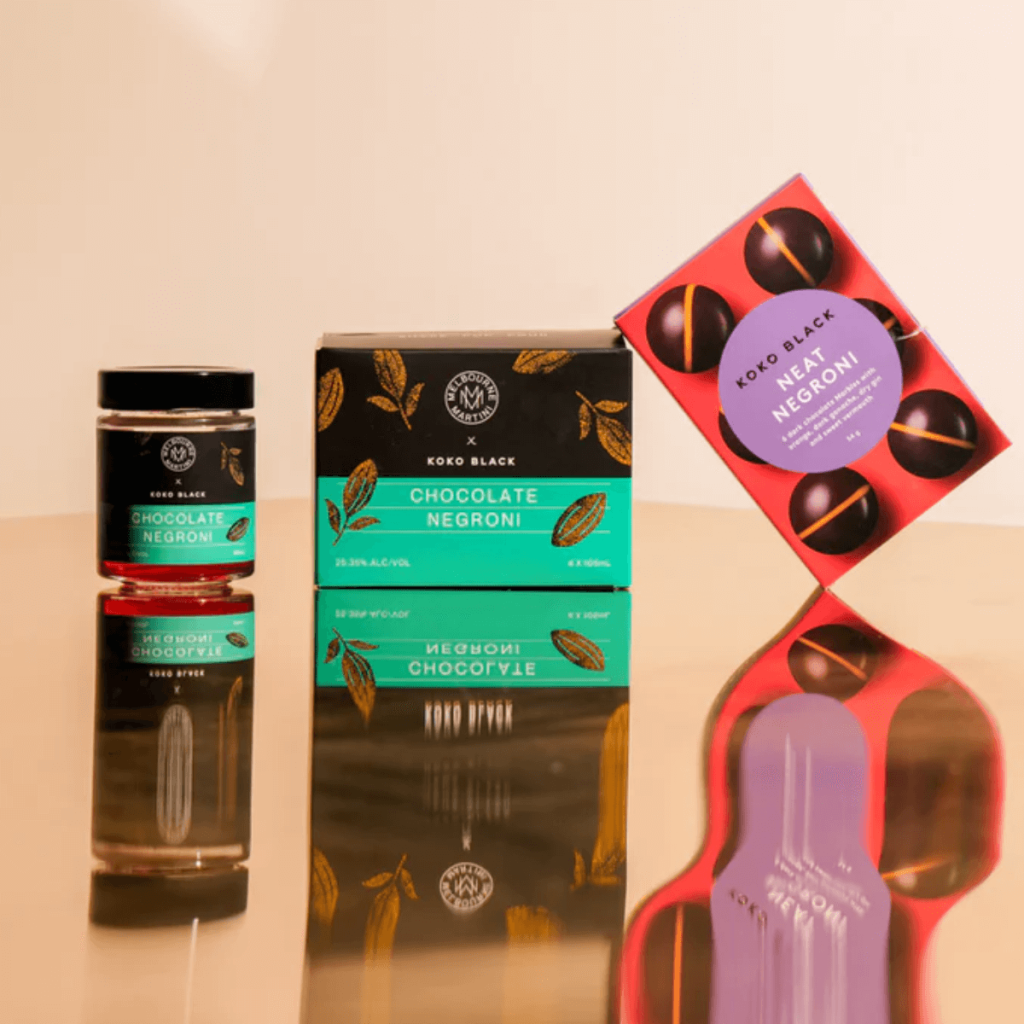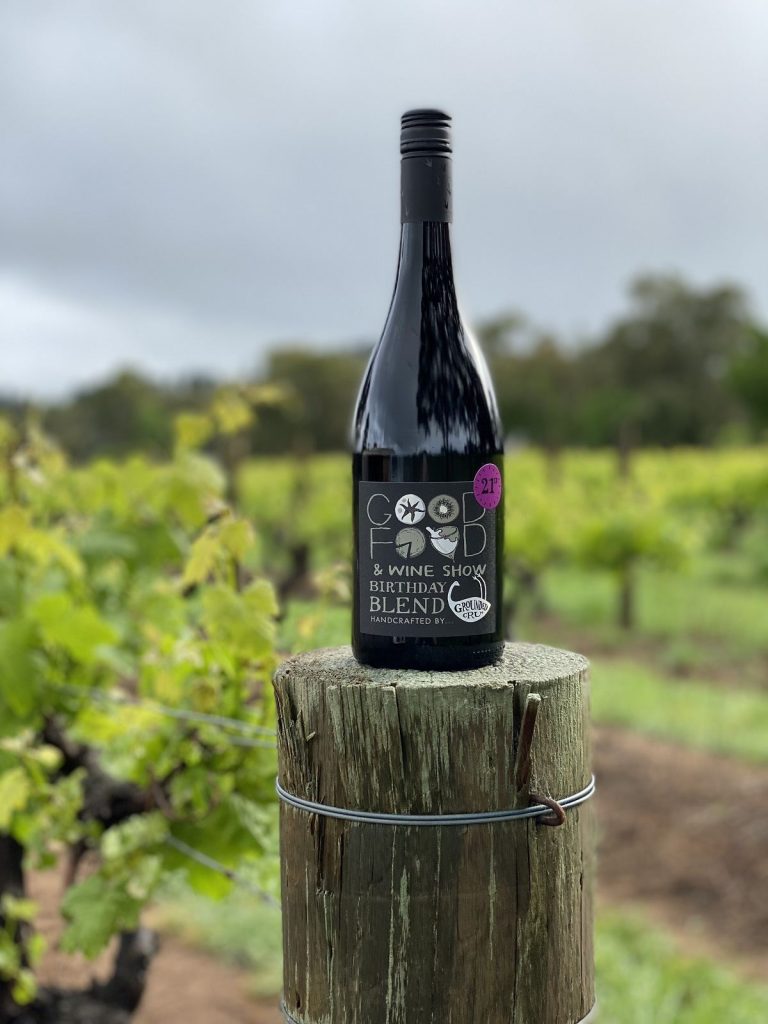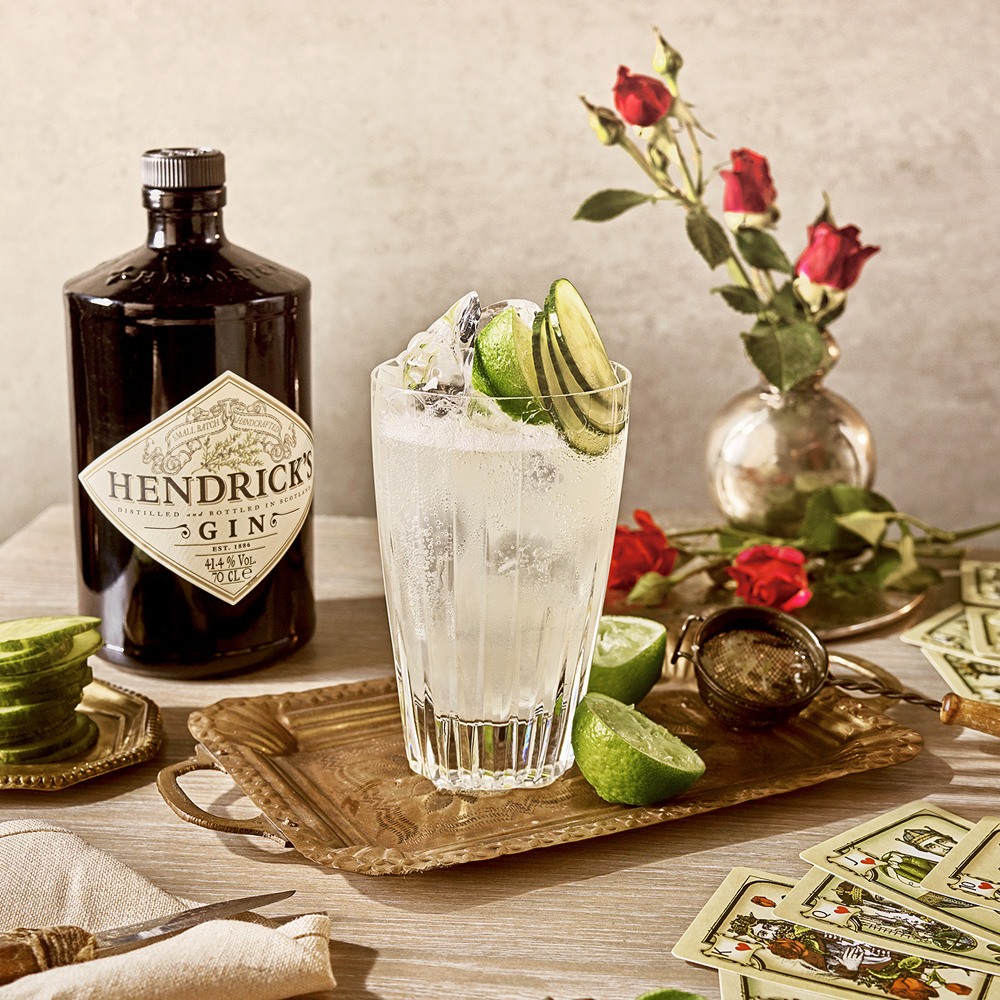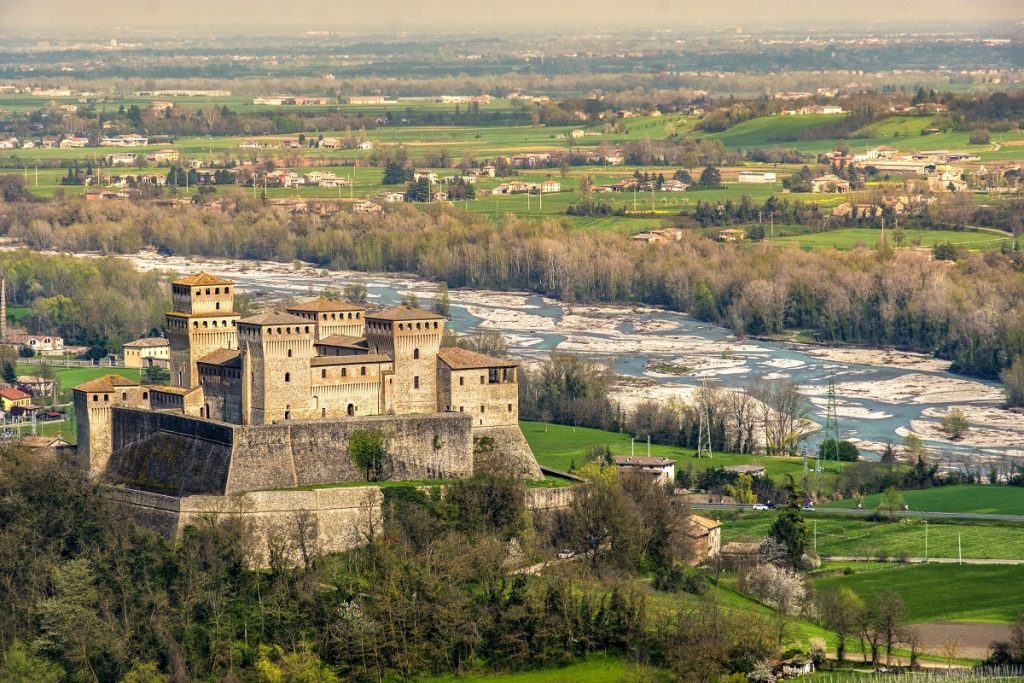7 Reasons to make room in your cellar for Malbec
Published 20 Apr, 2021Every year in April, wine lovers around the world raise their glass to celebrate one of the world’s most under-appreciated varietals – Malbec. Big, juicy and plush, Malbec has a long and layered history, but has largely been overshadowed by its regional cousins Cabernet Sauvignon, Merlot and Grenache.
Today, however, with more winemakers aware of how best to bring out its unique characters, Malbec is finding its way into broader popular acceptance. We can’t get enough of the big, heroic wines it is capable of producing, so we’ve compiled seven reasons why Malbec is a wine worthy of your attention.
1) IT’S THE GRAPE OF MANY NAMES
The true origins of the Malbec grape are lost in the tangled vines of time, but best guesses place its source to northern Burgundy where it is known as Côt. At one stage, Malbec was grown across thirty different departments of France, including Bordeaux, which led to a bewildering number of local synonyms for the grape. As such, Malbec is known by 1000 names, from Auxerrois in Cahors to Côt and Pressac in Bordeaux, to Costa Rosa, Estrangey, Medoc Noir, Quille de Coy and many, many more.
2) IT’S ONE OF THE GREAT BLENDING VARIETIES OF FRANCE
While its popularity declined in Bordeaux following severe frosts in the mid 20th century, Malbec continues to have a stronghold in Cahors in the south west of France. It remains one of the six grapes allowed in red Bordeaux blends, with significant plantings still present in the Côtes-de-Bourg, Blaye and Entre-Deux-Mers regions. Although the variety very much remains part of French winemaking, there’s no doubt that Malbec is enjoying a second life as a New World wine to be reckoned with.
3) IT HELPED ARGENTINA BECOME A WINE POWERHOUSE
Which brings us to the reason we celebrate World Malbec Day – or as it’s more properly called, Malbec World Day; from the Spanish Dia Mundial del Malbec, meaning ‘Malbec throughout the world’. Some even prefer Malbec Mondo… actually, we do too! The day honours former Argentine President Domingo Faustino Sarmiento, who made it his mission to transform his country’s wine industry by convincing French soil expert Michel Aimé Pouget to travel there with a selection of new vines – chief among them being Malbec. First celebrated in 2011, the day has been central in helping bring attention to the qualities of Malbec, and elevating Argentina’s status as one of the great wine-producing countries of the world. Today, roughly 75% of the world’s Malbec comes out of Argentina.
4) IT’S A REAL HIGH-FLYER
Like many varieties, higher altitudes bring out a whole other dimension in Malbec, imparting an elegance and refinement that have impressed wine show judges around the world. This is especially true of Argentinian Malbec grown in the wine regions of Mendoza, in the foothills of the Andes. Such Malbecs have become that country’s most highly-rated and sought-after wines. Local winemakers have similarly discovered Malbec’s appreciation for the high life. “Just like in Argentina, the real lesson has been that the wine produced at higher altitudes of 800m to 1000m has really shone,” says Mark Davidson of Tamburlaine Wines. As such, cool climate regions like Canberra District and Orange have shown great promise for the production of award-winning Malbec.
5) IT LOVES OUR GREAT SOUTHERN LAND
Australia has been growing Malbec since at least the 1890s, and while it can be a difficult grape to grow due its vulnerability to frost and mildew, modern viticulture and improved strains have mitigated many of these challenges. In fact, it’s positively thriving in moderate climate regions like Clare Valley, Margaret River and Great Southern, but if there is one region that could lay claim to being Australia’s spiritual home of Malbec though, it would be Langhorne Creek. One the first varieties planted by Bleasdale founder Frank Potts in the region’s earliest days, six generations later it continues to be a signature wine for this iconic producer.
6) IT’S A GREAT ALTERNATIVE TO SHIRAZ
Similar in weight to Shiraz, Malbec has a big, juicy and plush flavour with a robust structure and moderately firm tannins, with distinctive dark purple colours and notes of red plum, blueberry and an essence of sweet tobacco. Rebecca Willson, winemaker at Bremerton Family Wines, observes that “it is berry-driven and plush, offering an alternative to Shiraz as our biggest consumed red varietal.”
7) IT’S A PERFECT PARTNER TO CHARCUTERIE
The bold flavours, robust structure and higher tannins of Malbec call for dishes with a bold flavour to match such as hard cheese, steak or even sausage. Bremerton’s Rebecca Willson prefers “charcoal barbecue of a great cut from your local butcher, or pulled pork sliders” with her Malbec. For Forest Hill Wines’ Liam Carmody, Australian Malbec means just one dish: “a rare steak sandwich!”
Are you watering at the mouth for some Malbec yet? Take a deeper dive and explore Wine Selectors range of delicious expressions from some of this country’s local magicians of Malbec to explore and celebrate this colourful variety for yourself.
Cheers!
